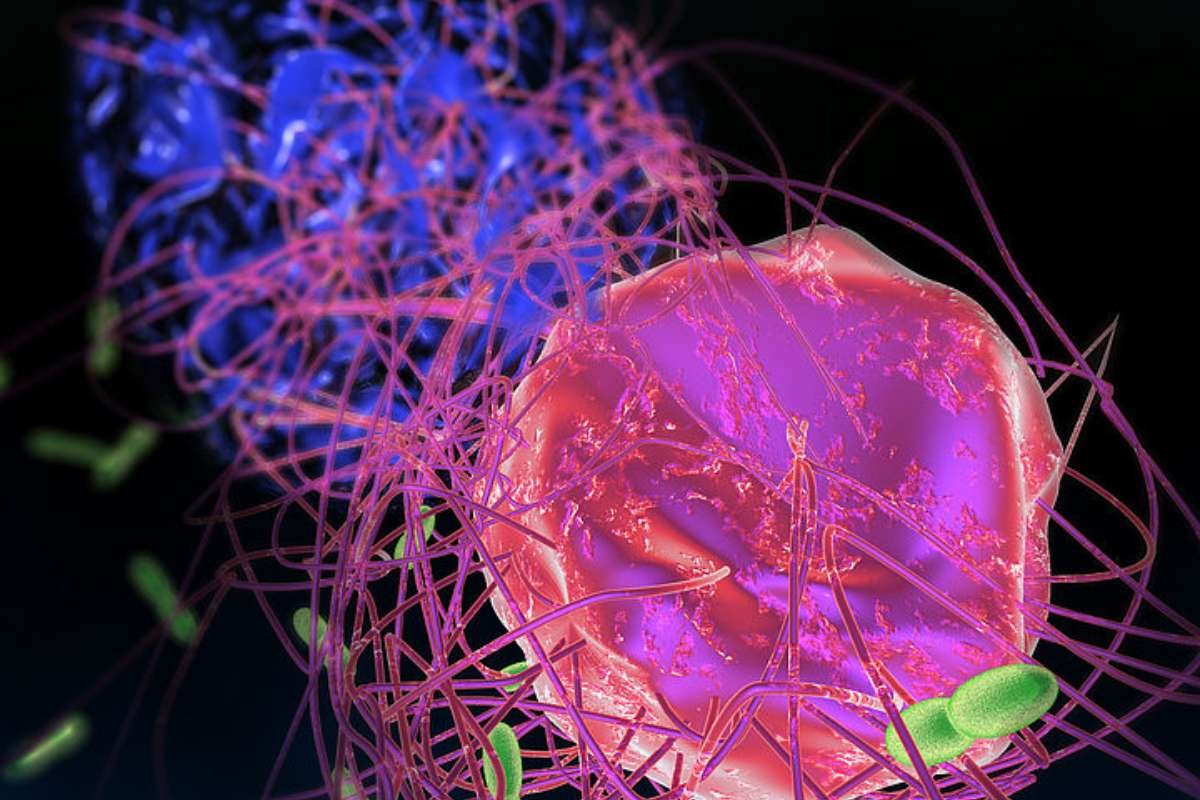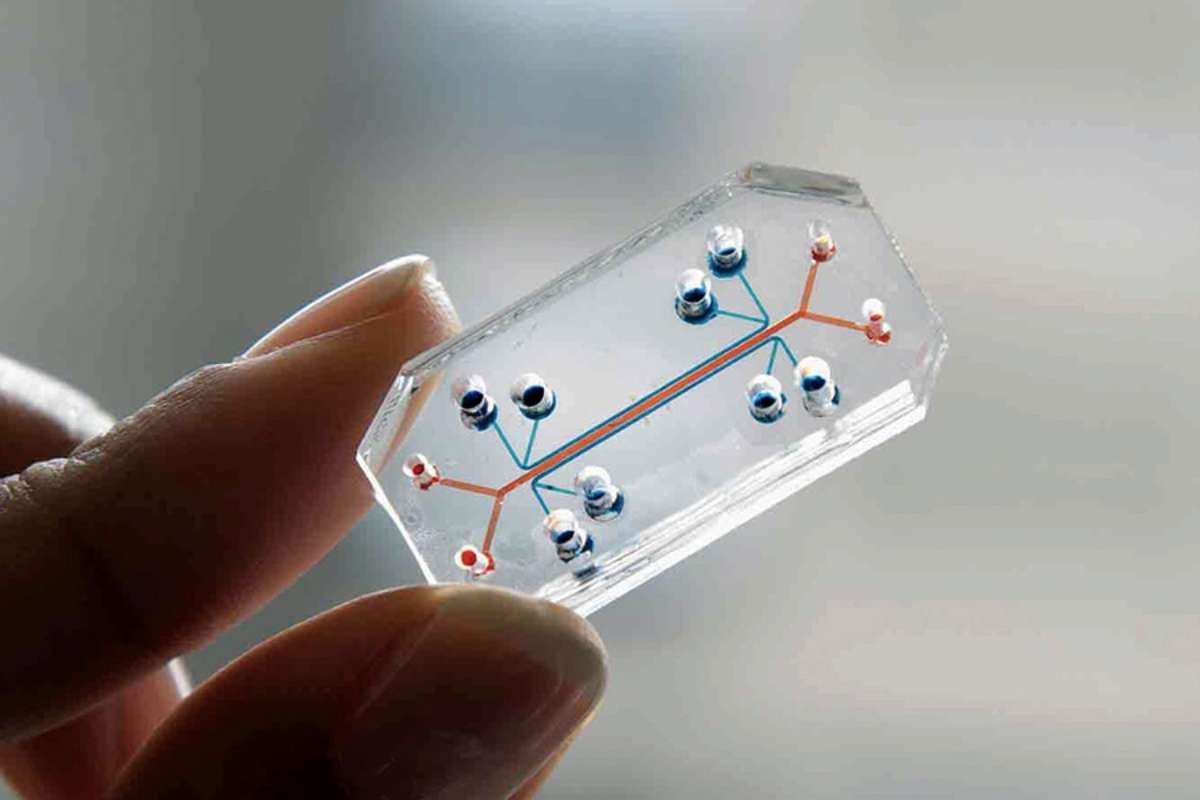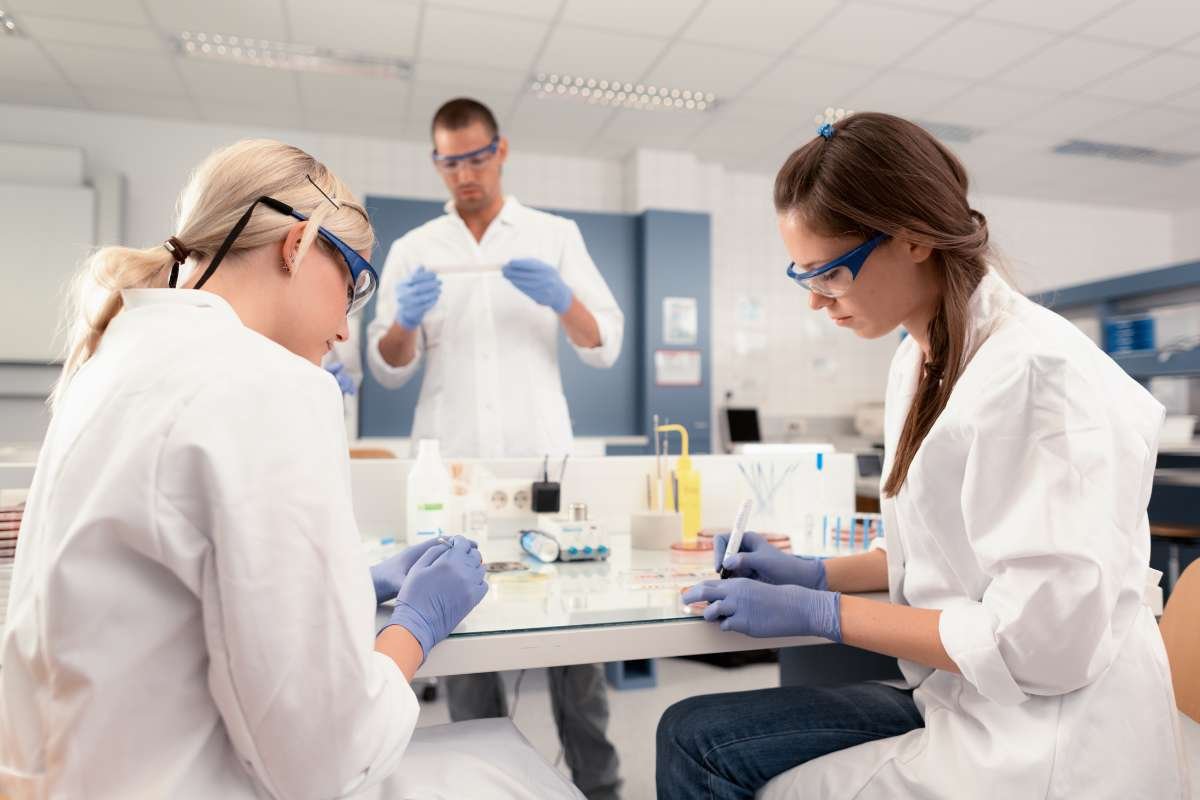Primary cultures in biomedical research play a crucial role in advancing the understanding of human health, disease mechanisms, and drug development. Derived directly from living organisms, primary cultures provide researchers with a more authentic and biologically relevant model compared to traditional immortalized cell lines. They help scientists investigate complex biological processes and potential therapeutic interventions, bridging the gap between laboratory research and clinical applications. This article delves deeper into the importance, challenges, and future prospects of primary cultures in biomedical research.
Understanding Primary Cultures
Primary cultures are cells obtained directly from the tissues of living organisms and are cultured in a controlled laboratory environment. Unlike immortalized cell lines, which are cultured from cells that can replicate indefinitely, primary cultures maintain the unique characteristics of the tissue from which they were derived. These cultures typically have a limited lifespan and lose the ability to divide after a certain number of cell divisions. However, this feature makes them highly valuable for studies that aim to replicate the physiological conditions of living organisms.
Researchers isolate primary cells through enzymatic digestion or mechanical methods from tissues such as the liver, brain, skin, heart, and many others. The cells are then cultured in a nutrient-rich medium that provides the essential growth factors and nutrients for their survival. Over time, these cells retain the specific characteristics of their tissue of origin, making them suitable for various experimental applications.
The Significance of Primary Cultures in Biomedical Research
Primary cultures have become an essential tool in several fields of biomedical research. Their relevance in studying disease mechanisms, drug discovery, and advancing personalized medicine has grown substantially.
1. Understanding Disease Mechanisms

Primary cultures are instrumental in exploring how diseases develop at the cellular and molecular levels. By using tissue samples from individuals with various diseases, researchers can better understand the pathophysiology of conditions like cancer, neurodegenerative diseases, and genetic disorders. For instance, researchers studying cancer use primary cultures derived from tumors to examine specific mutations, gene expression patterns, and signaling pathways driving malignancy. These cultures provide an accurate representation of how cancer cells behave in vivo, allowing for better insights into disease progression.
Additionally, primary cultures from patients with genetic disorders enable researchers to study the molecular basis of these conditions. By using patient-specific cells, scientists can identify the genetic mutations responsible for diseases like cystic fibrosis or muscular dystrophy, offering hope for developing targeted therapies and improving treatment options.
2. Revolutionizing Drug Discovery and Toxicity Testing
Primary cultures have revolutionized the field of drug discovery by providing a more human-relevant system for testing pharmaceutical compounds. Traditionally, animal models have been used to evaluate the safety and efficacy of drugs; however, primary cultures offer a more accurate reflection of human biology. For example, liver primary cultures are commonly employed to study the metabolism of new drugs, assessing how the liver breaks down and processes medications. This helps identify any potential toxic effects and provides valuable information about drug safety.
In addition to liver cells, primary cultures from other organs, such as the heart or kidney, are used in toxicity testing, allowing researchers to assess the impact of drugs on various physiological systems. This approach reduces the reliance on animal testing and provides more reliable data that can lead to the development of safer, more effective drugs.
3. Advancing Personalized Medicine

Personalized medicine is an emerging approach in healthcare that tailors treatment strategies to individual patients based on their unique genetic makeup, lifestyle, and disease characteristics. Primary cultures are pivotal in advancing personalized medicine, as they enable researchers to study how patient-specific cells respond to different treatments. By isolating cells from a patient’s tissue and culturing them, researchers can test various drug candidates or therapies, identifying the most effective treatment for that individual.
For example, researchers may use primary cultures derived from a patient’s cancerous tissue to test how the cancer cells respond to different chemotherapy drugs. This allows clinicians to select the most appropriate treatment for the patient, minimizing side effects and improving treatment outcomes. Furthermore, primary cultures can be combined with genetic analysis to identify biomarkers that predict how a patient will respond to a specific therapy, enhancing the precision of medical interventions.
Challenges of Using Primary Cultures in Biomedical Research
Despite the significant advantages of primary cultures, their use is not without challenges. Some of the main obstacles include:
- Limited Lifespan: Primary cultures have a finite lifespan, and after a few divisions, they lose their ability to proliferate. This limitation can make it challenging to conduct long-term studies and requires researchers to continuously generate fresh cultures from tissue samples.
- Technical Complexity: Establishing and maintaining primary cultures is technically demanding. The process of isolating cells from tissues, ensuring their viability, and preventing contamination requires expertise and precise handling. Even slight variations in culture conditions can significantly impact the results of an experiment.
- Variability: Primary cultures are derived from living organisms, meaning that each culture is unique and can exhibit donor-to-donor variability. This biological diversity can make it difficult to standardize experiments, as cells from different individuals may behave differently. Researchers must account for this variability when interpreting results and conducting comparative studies.
Future Prospects in Primary Cultures Research
Despite these challenges, the field of primary cultures in biomedical research continues to evolve, with advancements in technology improving their utility. Some promising developments include:

- 3D Cell Culture Systems: Traditional two-dimensional (2D) cultures often fail to replicate the complex environment of living tissues. However, 3D cell culture systems provide a more physiologically relevant model by allowing cells to grow in three dimensions, better mimicking the structure and function of tissues in the human body. These systems offer a more accurate representation of how cells interact and behave in vivo, enhancing the usefulness of primary cultures.
- Organ-on-a-Chip Technologies: Organ-on-a-chip devices are microfluidic platforms that contain living cells and simulate the functions of entire organs. These technologies allow researchers to study how primary cultures from different tissues interact in a controlled, dynamic environment. By combining multiple organ models on a single chip, researchers can study complex disease mechanisms and test new drugs more efficiently.
- Integration with Omics Technologies: The integration of primary cultures with genomic, proteomic, and metabolomic analyses opens up new possibilities for understanding disease processes. By analyzing gene expression, protein levels, and metabolic changes in primary cultures, researchers can uncover novel biomarkers and therapeutic targets, advancing the field of precision medicine.
Conclusion
Primary cultures in biomedical research are an invaluable resource for scientists studying human health and disease. They provide a closer approximation to in vivo conditions, allowing for more accurate insights into disease mechanisms, drug efficacy, and personalized treatment strategies. While challenges such as limited lifespan, technical complexity, and variability exist, advances in 3D culture systems, organ-on-a-chip technology, and omics integration hold promise for overcoming these hurdles. As research progresses, primary cultures will continue to play a central role in driving biomedical innovation, offering new opportunities for understanding human health and developing more effective therapies.








